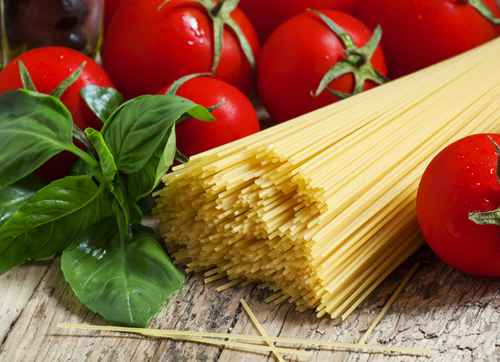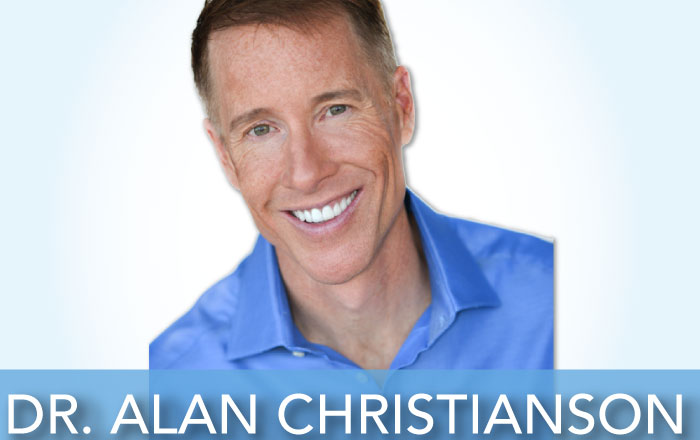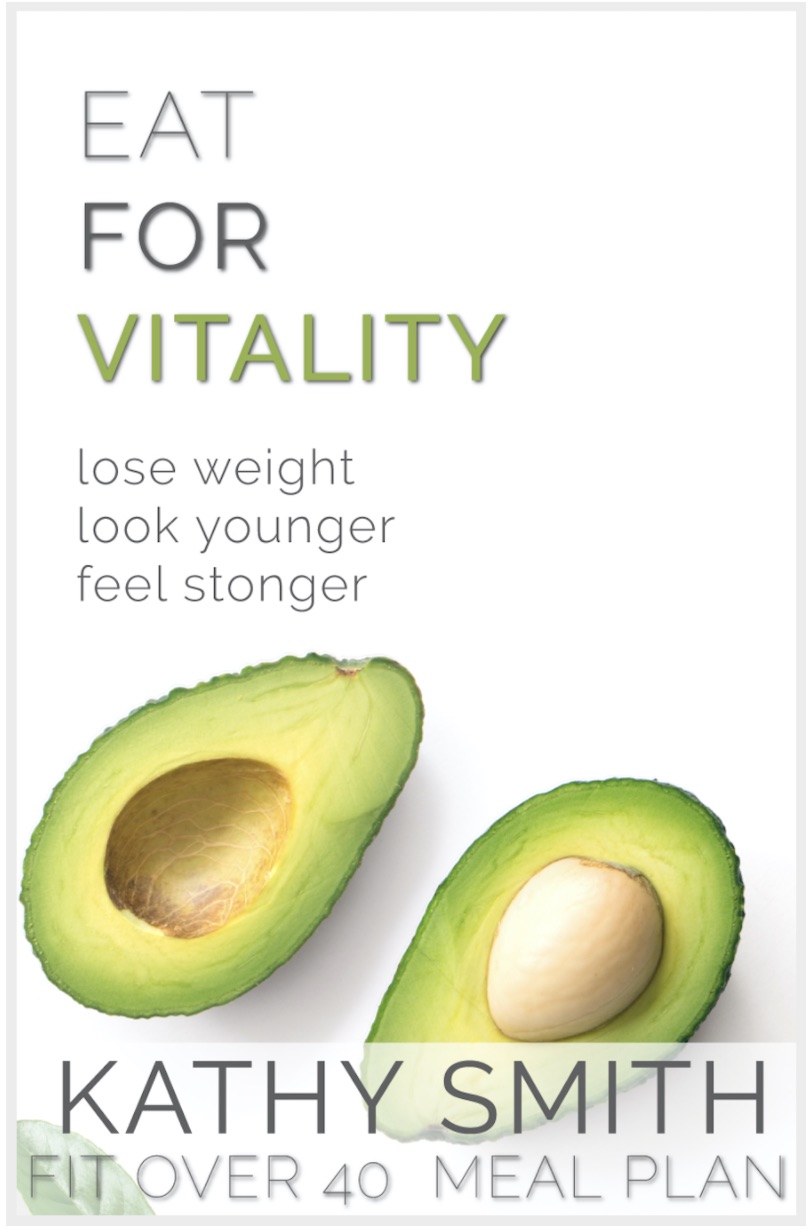Do You Need To Give Up Carbs If You Want To Lose Weight?

The nature of carbs may be one of the most contentious points in nutrition today. Carbs have been cited as the culprit behind certain cancers, heart disease, diabetes and premature brain aging. Due to such problems, some experts have encouraged complete avoidance of carbs. Yet, as bad as carbs can be, I showed in the last installment of this article, that too few carbs in the diet can lead to symptoms like insomnia and poor exercise performance. In short, carbs are not all bad.
If some carbs are bad, but you can’t ditch them altogether, what are you supposed to do? It’s easy with the three good carb rules: Eat good carbs, in good amounts, at good times.
Carb Rule #1: Eat good carbs
What are good carbs? Carbs are your body’s best fuel. Good carbs are the ones that burn the most slowly. Imagine being outside on a cold night for several hours with two options to stay warm. One is to drop a match in a puddle of gasoline. The other is to pull up a seat next to a campfire. You would choose the one that burned longest, right? It works the same way in your body. Carbs that burn fast turn to sugar in your blood so quickly that your blood sugar control systems have to work overtime. Specifically, this means you have to make extra insulin and cortisol, which leads to mid-body weight gain, inflammation and a shorter life span.
The part of carbs that burns the fastest is fructose. It is like gasoline. Fiber is slow like the campfire. Along with warding off disease, fiber is critical for good digestion and good immune function. Which types of carbs have the most fiber and the least fructose? Beans, intact whole grains, starchy vegetables and low-sugar fruits. Specific examples include black beans, pinto beans, buckwheat, quinoa, beets, squash, sweet potatoes, blackberries and peaches.
Carb Rule #2: Eat carbs in good amounts
What are good amounts of carbs? Most adults do well somewhere between 1 to 2 cups per day total. (Please note this will be the volume after cooking, not before.) Those seeking to lose weight can do well on the lower limit. Of course, your personal need can vary based on your gender, preferred weight, how stable your blood sugar is, how active you are and your gene patterns. Nonetheless, most people will do well in this range.
Carb Rule #3: Eat carbs at good times
When is the best time of day to eat carbs? This rule may surprise you, as the time of day does matter. Your body responds to carbs differently based on the time of day you eat them. As it turns out, eating them later in the day is better than earlier. When you eat your carbs later in the day, you will make them into energy instead of making them into fat. In my upcoming book, I call this practice “carb-cycling” and more and more studies are showing its benefits.
In one large study, 78 overweight adults, between the ages of 25 to 55, were assigned to two different diet groups and tracked closely for six months. Each group ate 1,300 to 1,500 calories per day, derived from 20-percent protein, 30- to 35-percent fat and 45-percent to 50-percent carbs. The only difference between the two groups was that the control group ate carbs throughout the day, while the experimental group limited most carbs to nighttime. Not only did those eating carbs later in the day lose more weight, they had less daytime hunger, improved energy, better control of blood sugar and less inflammation.
The researchers also measured powerful, weight-regulating hormones, including leptin, ghrelin and adiponectin. The participants on the carb cycling diet showed greater improvements in all hormonal measures of weight regulation. This means even though they lost weight, they were hormonally set up to keep it off and not regain like so many often do!
If you wanted to start carb-cycling, what would your diet look like for a typical day? Breakfast carbs could include a quarter to a half cup of blackberries in a protein shake. Lunch carbs could come from a half cup of garbanzo beans or roasted beets on a salad with veggies and chicken. Dinner carbs could be from 1 cup of whole grain brown rice or cooked turnips in the context of a stir fry. Snacks could be nuts and low-carb veggies, like celery, cauliflower or broccoli.
To live at your greatest level of health and vitality requires using forethought when choosing foods. Carbs are not evil. They are a powerful tool best used wisely.”
Learn More About Carb Cycling For Fat Loss In My NEW Podcast With Dr. Alan Christianson!
- How to use carbohydrate and protein cycling to balance your hormones.
- How to repair your circadian rhythms so you can go from merely surviving to all-out thriving.







